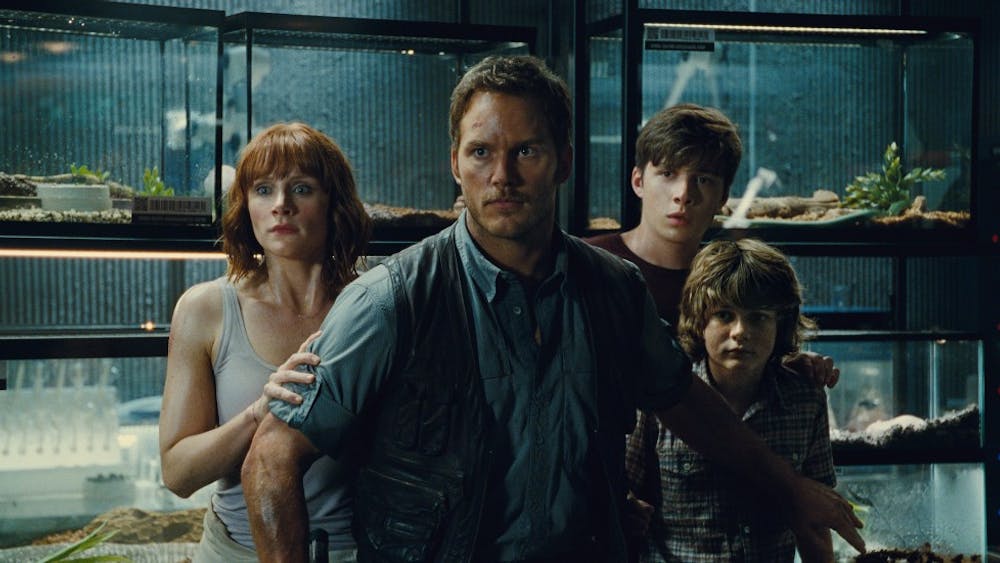There is a point to architecture. It is sturdy and strong. Amid the changing world, architecture remains. At IU we have lost Herman B Wells and most recently Bobby Knight. But one thing has not changed: our buildings. They're the same as they ever were.\nThis is the introduction to a series of stories that will explore the buildings of IU. Each week I will look at a building's architecture, its history and its relationship to its site. \nConsistently ranked as one of the best campuses in the United States and praised by students as a beautiful place to live, IU has much to be proud of. There's the library, a much criticized work of IU architecture, that is actually more beautiful if viewed from Dunn Meadow, especially at night. There's the MAC, which stretches over Jordan Hall in bright purple and orange. It is all the work of architects and landscape architects.\nHerman B Wells had his hand in the shaping of the campus. He was the visionary whose dream was that IU make a lasting future impression. He raised money; he hired architects, he aimed at a future goal all students could enjoy. Something permanent.\nAn important part of Southern Indiana is the limestone industry, and most of the buildings have limestone exteriors. More than just a part of our economy, limestone is also a part of Bloomington's cultural history. In those instances where a building does not feature limestone, such as the IU Art Museum, which features poured concrete, there is always a reason, and always controversy.\nArchitects take many factors into play, often juggling between controversies. At IU, concern has been raised and petitions have been circulated regarding the cost of a building's construction, the home state of an architect, even the color of a building's roof. \nOther valid arguments, which are more subjective, regard the site itself. Sometimes buildings do not serve the purpose for which they were intended. A skillful architect will design a building which is beautiful, functional and fits the area. It could be close to a road, along a high-volume area of students or on a hill. It might need room to grow, and its appearance must relate to other buildings. All these factors influence the final shape of the building.\nAnd there's a wealth of details. The HPER's walls incorporate swastikas into their design, but the HPER was built before World War II, when the swastika was still viewed as a Native American symbol. The elements on the chemistry building are in atomic order. Inscriptions are everywhere, like the one at the entrance to Franklin Hall: "A good book is the precious lifeblood of a master spirit".\nFor a sparsely populated area in a sparsely populated state, Southern Indiana contains a gem in the crown of U.S. architecture. Columbus, Ind., was ranked sixth by the American Institute of Architects for architectural quality and innovation. Within the space of a couple of blocks are buildings by world renowned architects. Eero Saarinen -- who built the TWA terminal at John F. Kennedy Airport -- has built there. So has Cesar Pelli, famed for the World Financial Center in New York, and I.M. Pei, who designed the addition to the Louvre. These are just a few names among many.\nPei later came to Bloomington to design the Art Museum. He joined the long list of architects that have been shaping IU since the 1820s.\nAny comments about the buildings or suggestions for future buildings will be more than welcome to my e-mail, mdemo@indiana.edu.
Campus Foundations
Examining IU architecture
Get stories like this in your inbox
Subscribe




